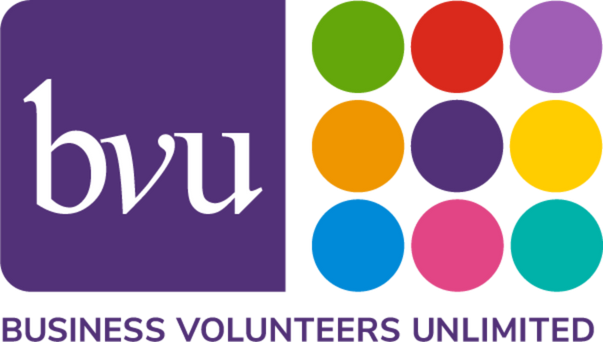By David M. Reape, CPA
Principal & Director of Tax Services
HW&Co.
If COVID-19 has taught us nothing else, we’ve all learned we need to prepare for a significant roadblock in our day-to-day operations.
Disaster planning isn’t fun or exciting, and it doesn’t directly help with the mission of a nonprofit today. But, it is essential for nonprofit organizations who want to remain resilient when faced with unforeseen circumstances. There is no “one size fits all” answer when it comes to preparing for disaster. Yet despite different missions, there are steps you can take and plans you can make that will help any organization adapt to the unimaginable .
Assess your cash flow. If we stopped getting donations or revenues tomorrow, what would we do?
- Always know your projected cash flow 12-weeks out.
- What revenue you’re expecting to come in, and
- What expenses you’re expecting to pay out
- Conduct program economic analyses – are financial surpluses in some programs subsidizing others?
- Determine availability of any “rainy day” funds. A reserve of 60 to 120 days of expenses should be a goal.
- Determine whether demand for programs will likely increase or decrease and what are possible contingency plans to adjust to the new needs.
Assess your resources, both financial and knowledge-based.
- Determine in advance who your professional resources are for questions such as legal, human resources, financial, messaging, fundraising, etc.
- Establishing a clear chain of command of leadership in the case of a personal emergency.
Assess your board.
- The board should be well-rounded in terms of skills and abilities. For example, while a health charity thinks it needs doctors and medical professionals on its board, it would be wise to also have lawyers, bankers, accountants, marketing professionals, etc.
- The membership of the board should strive to reflect the community it serves.
